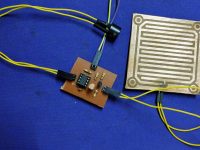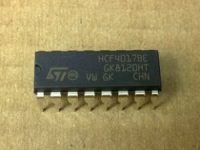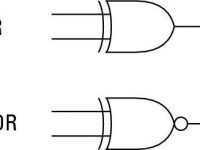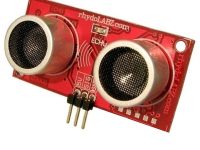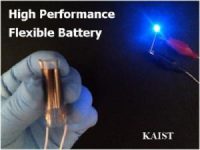SPINTRONICS BASED DEVICES TO REPLACE TRANSISTOR TECHNOLOGY IN NEAR FUTURE
One of the basic element in every electronic device is the transistor. Decades old technology. Finally the Scientists of Cambridge are on their way to an alternative.
Spintronics which relies on the magnetic moment or the spin of an electron could revolutionise the enitre electronics field.Much of its benefit goes to computing since it can create ultra speed pcs.Due to its high speed, density and low power consumption its more efficent than the traditional technologies. Untill now reasearches were more concentrated on downsizing of the transistors.Transistors are based on charge based technology while spintronics is aimed at replacing this with the spin based technology and it seems that the Moore’s law is nearing its end.

Moore’s law describes a long-term trend in the history of computing hardware whereby the number of transistors that can be placed inexpensively on an integrated circuit doubles approximately every two years.
There might come a time when tansistors shrunk to size of an atom and cannot be shrunk any further and this is expected by 2015.So the researchers are concentrating on an altenative to the transistor and they have already succeeded in developing spin based electronics.GMR(Giant Magneto-Resistance effect) was the stepping stone to this.GMR effect brought about a breakthrough in gigabyte hard disk drives and was also
key in the development of portable electronic devices such as the iPod.
The unique property of Spintronics is that spins can be transferred without the actual flow of charge. This is called spin current and it can transfer information without much lose of energy in the form of heat. The only hurdle that remains now is generation of a large volume of spin current which could support the electronic devices.In order to create enhanced spin currents, the researchers used the collective motion of spins called spin waves. According to the research one of the spin wave interaction generates spin current ten times more efficiently than using pre-interacting spin-waves.






